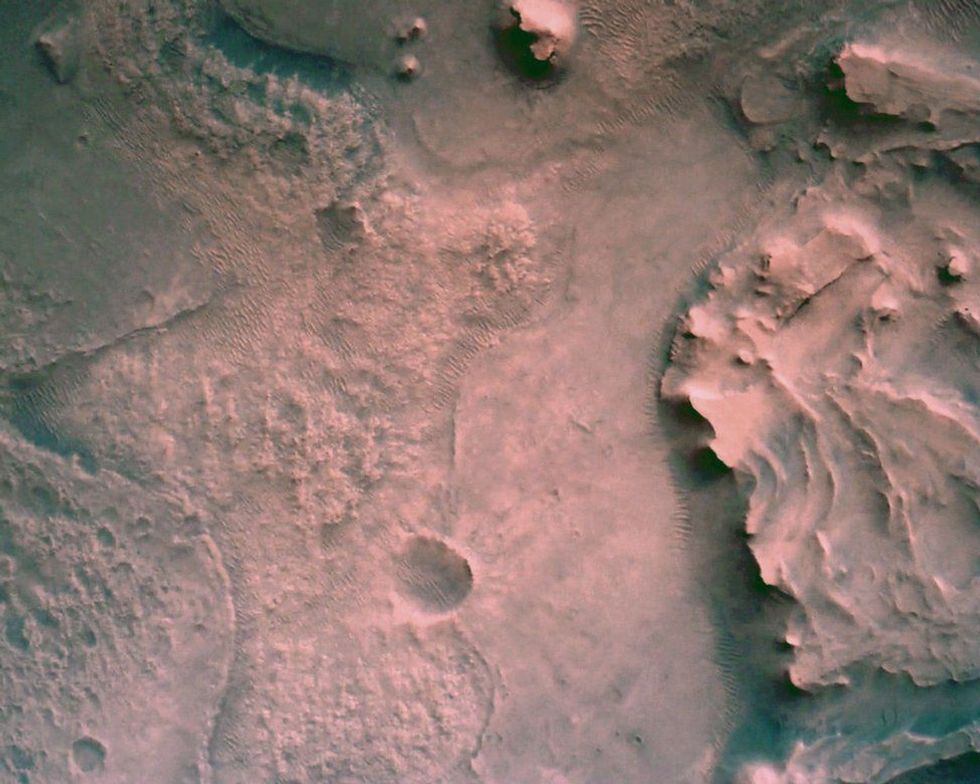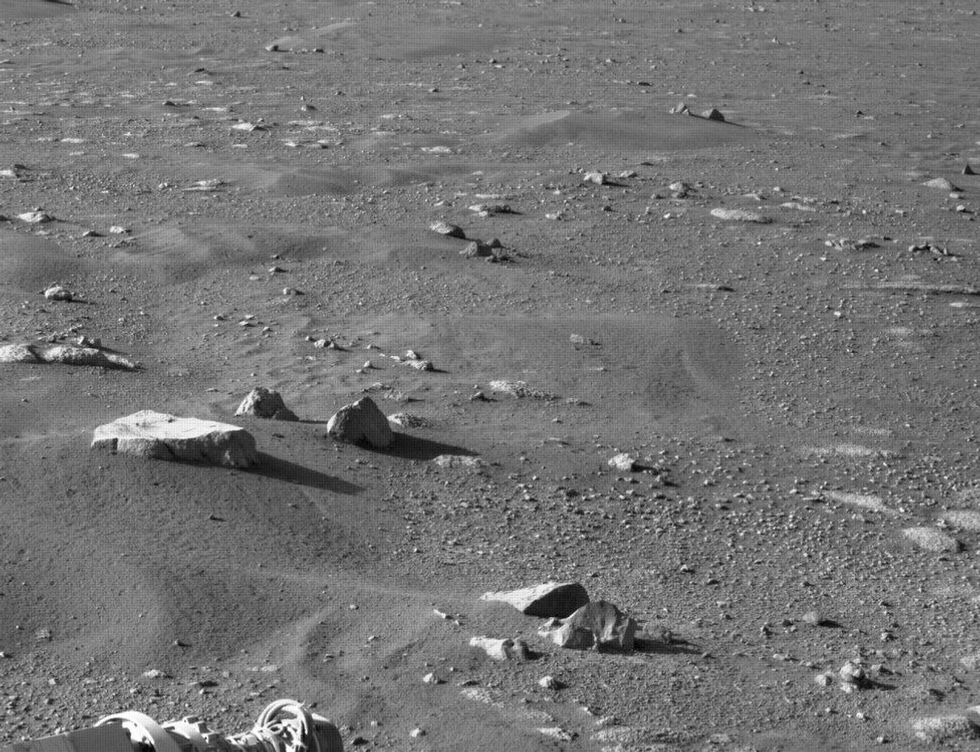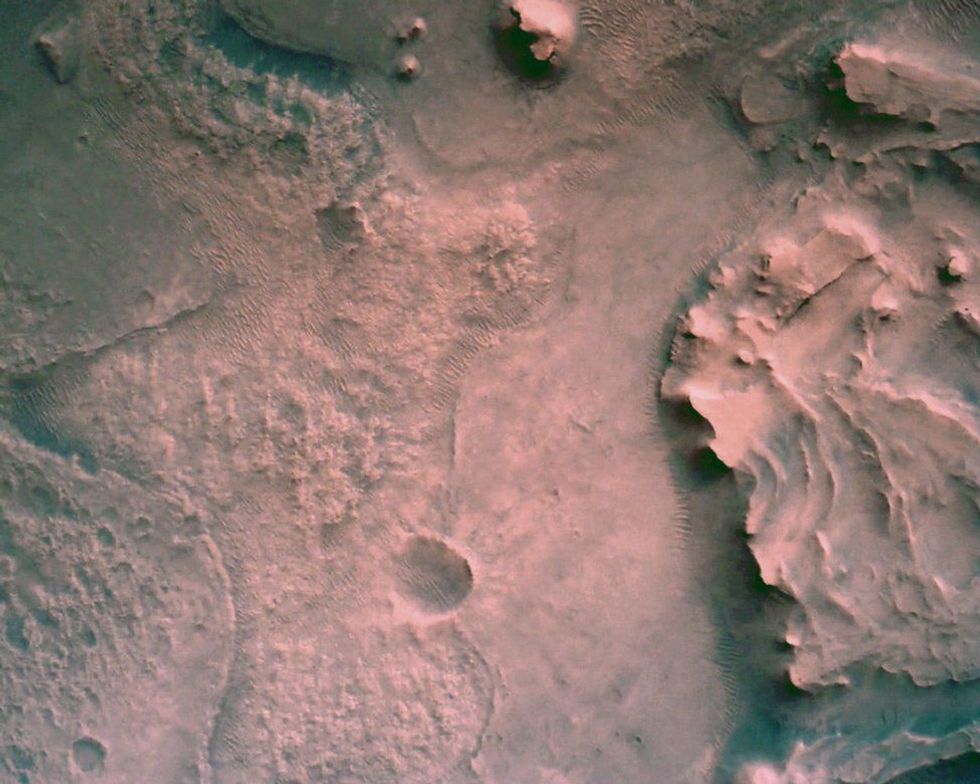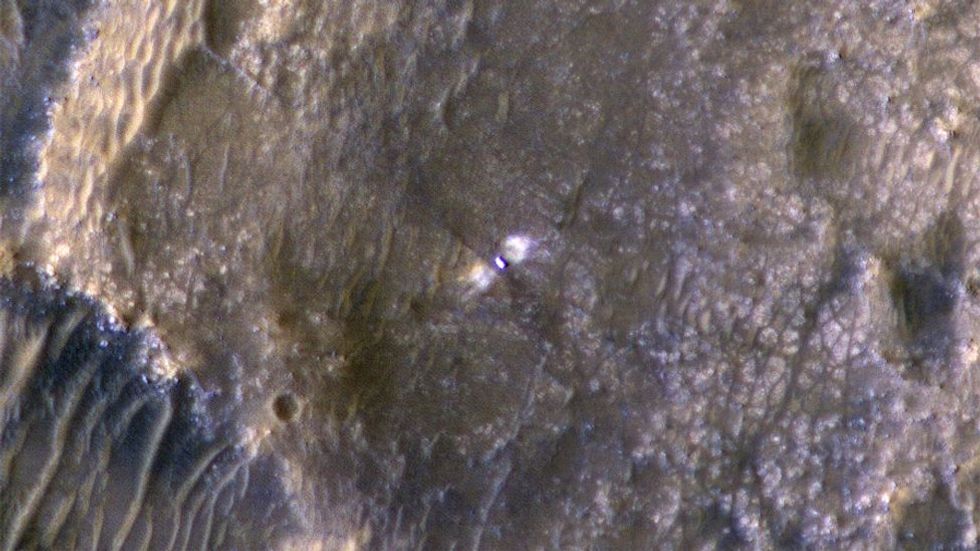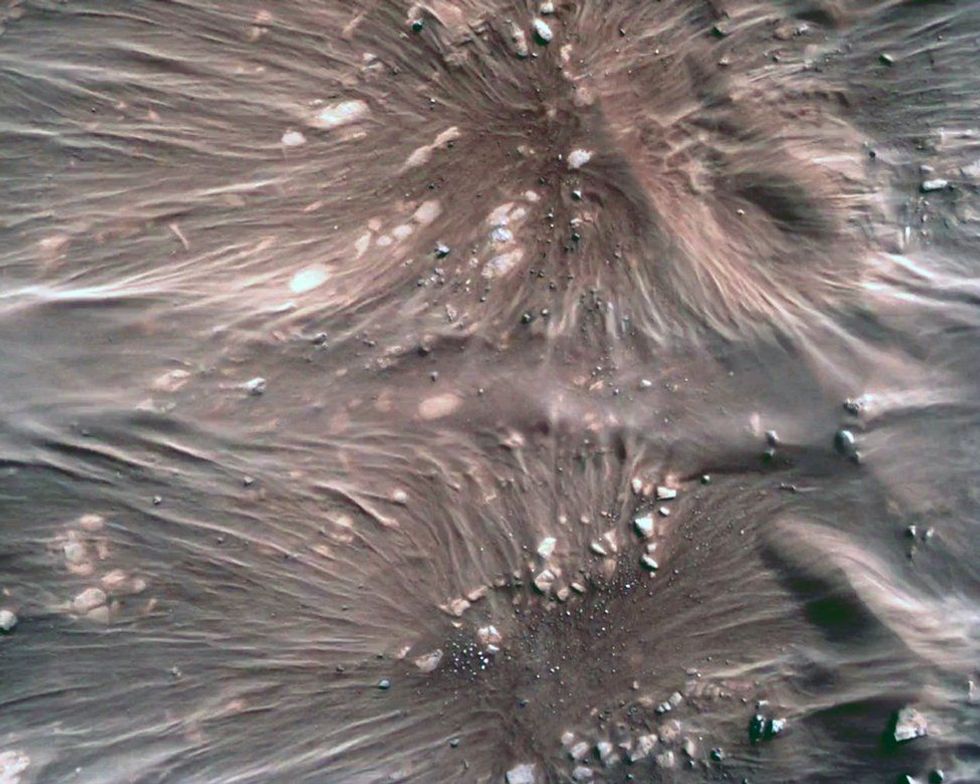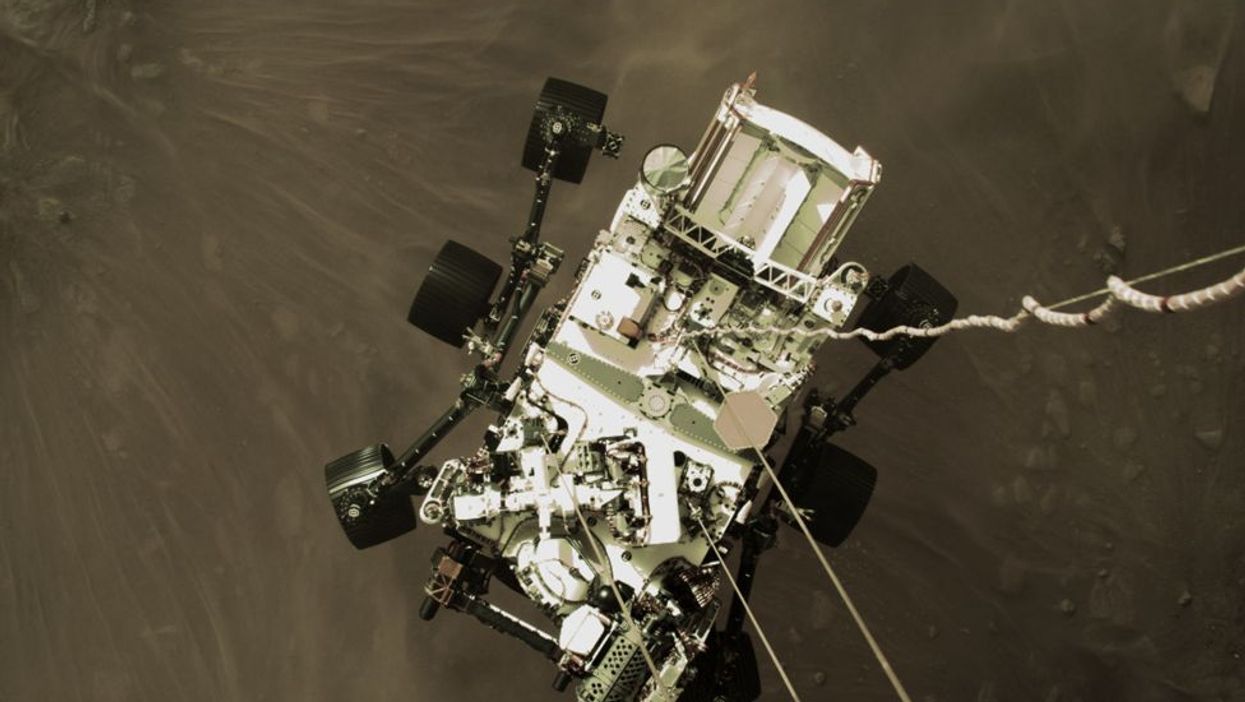
The Perseverance rover is currently exploring Mars for NASA
New photographs of Mars have emerged following the arrival of a rover on the red planet last month.
Perseverance landed on the Red Planet’s Jezero Crater on 18 February, following a 7-month journey from Earth that commenced in the summer. It has delivered stunning photographs of its findings.
Your front-row seat to my Mars landing is here. Watch how we did it. #CountdownToMars https://t.co/Avv13dSVmQ— NASA's Perseverance Mars Rover (@NASA's Perseverance Mars Rover) 1614021106
“I don’t think we’ve had a mission that is going to contribute so much to science and technology.” Steve Jurzcyk, Acting Administrator of NASA told Space.com, highlighting the promising nature of these stunning photographs. Space exploration has led to various advancements in technology. According to NASA, these include trainers, land mine safety measures and wireless headphones.
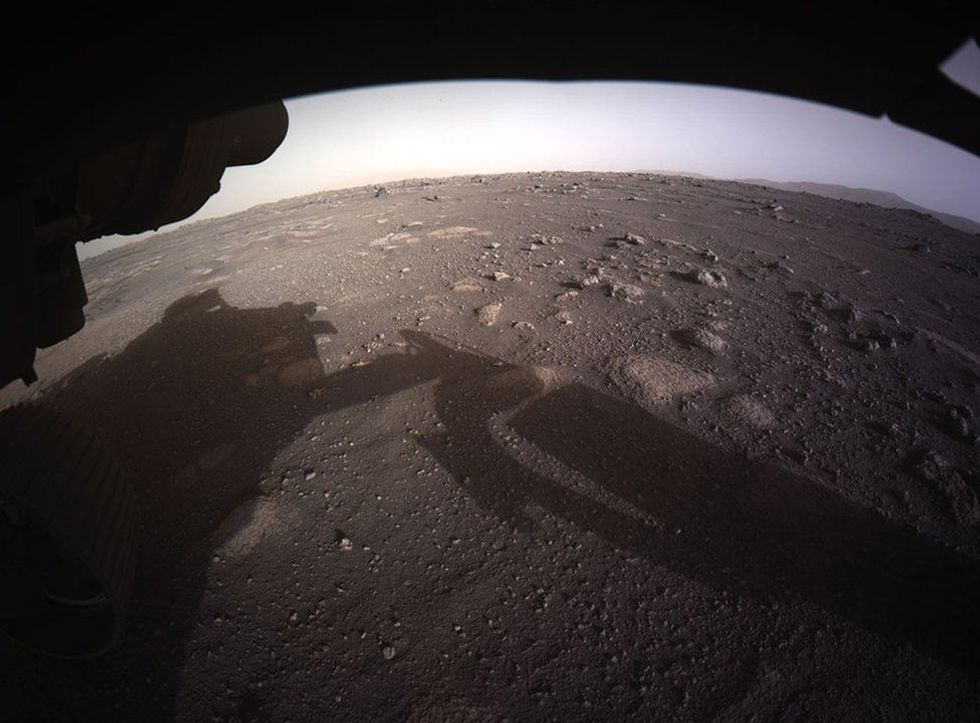
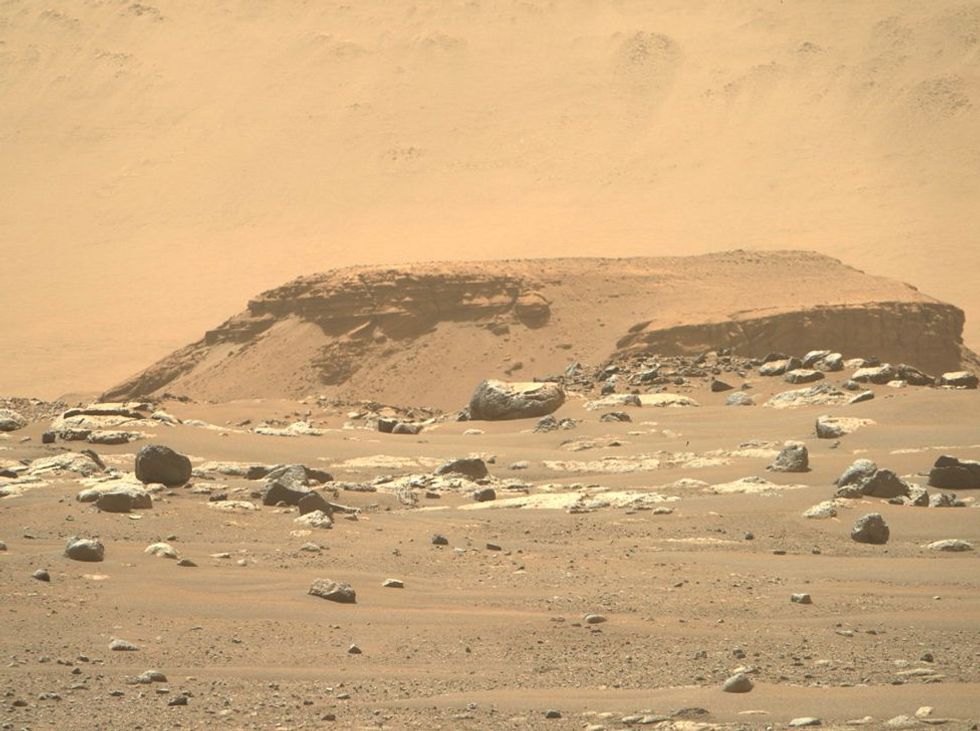
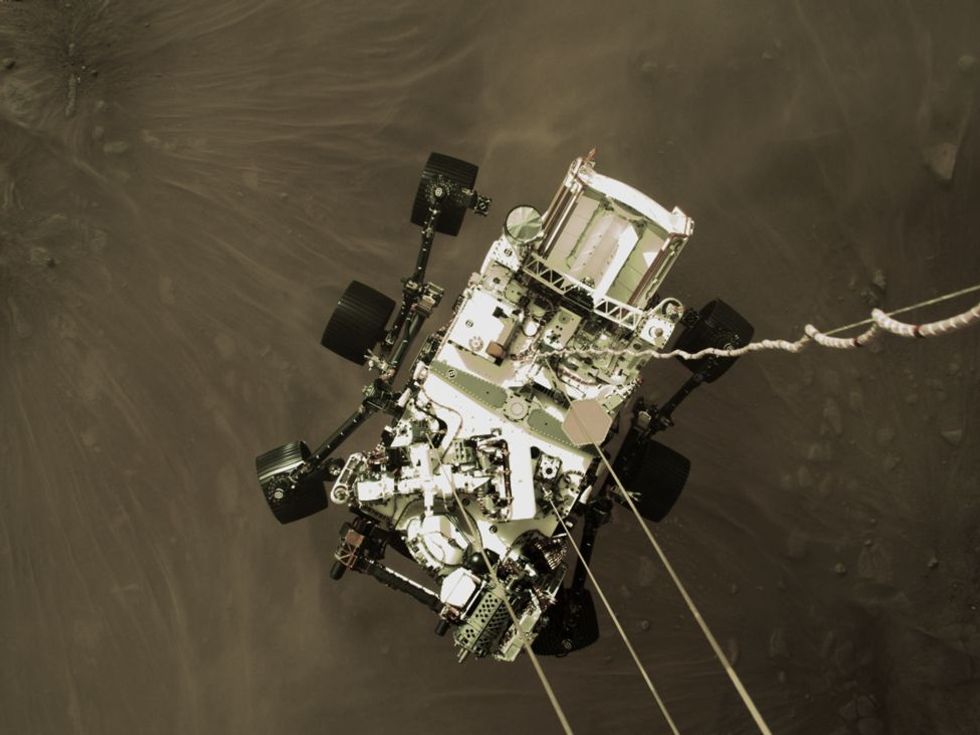
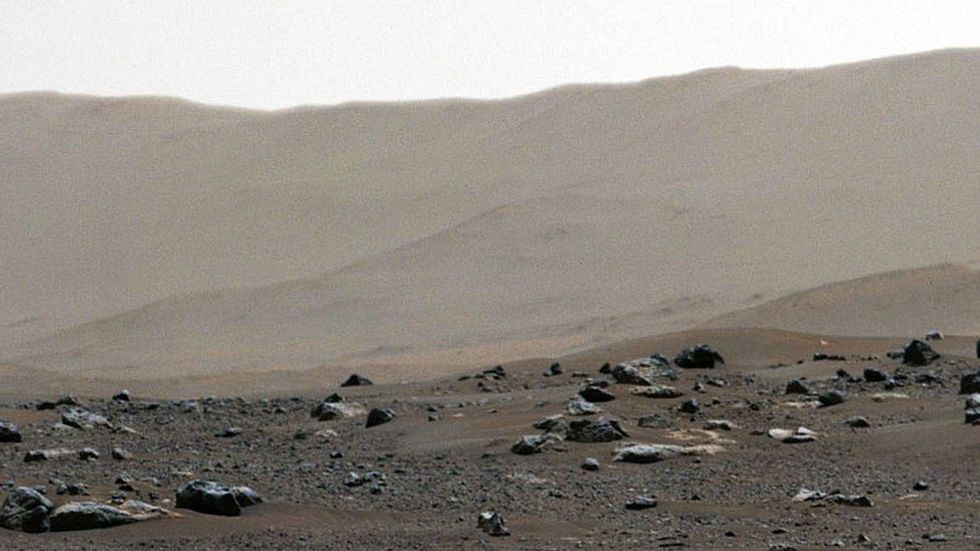
Liftoff was last July from the NASA Cape Canaveral base in Florida. The structure weighs a tonne and is roughly the size of a car and has a protective shield for zooming through space.
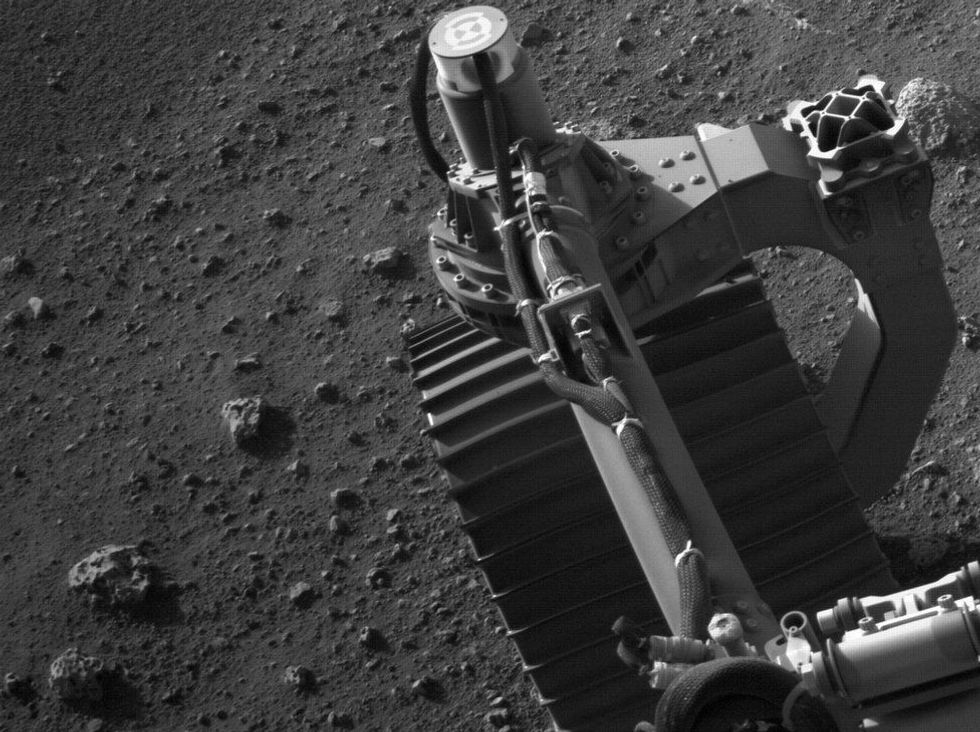
“We’ll be searching for biosignatures - patterns, textures or substances that require the influence of life to form.” Kate Stack Morgan, the deputy project scientist of said.
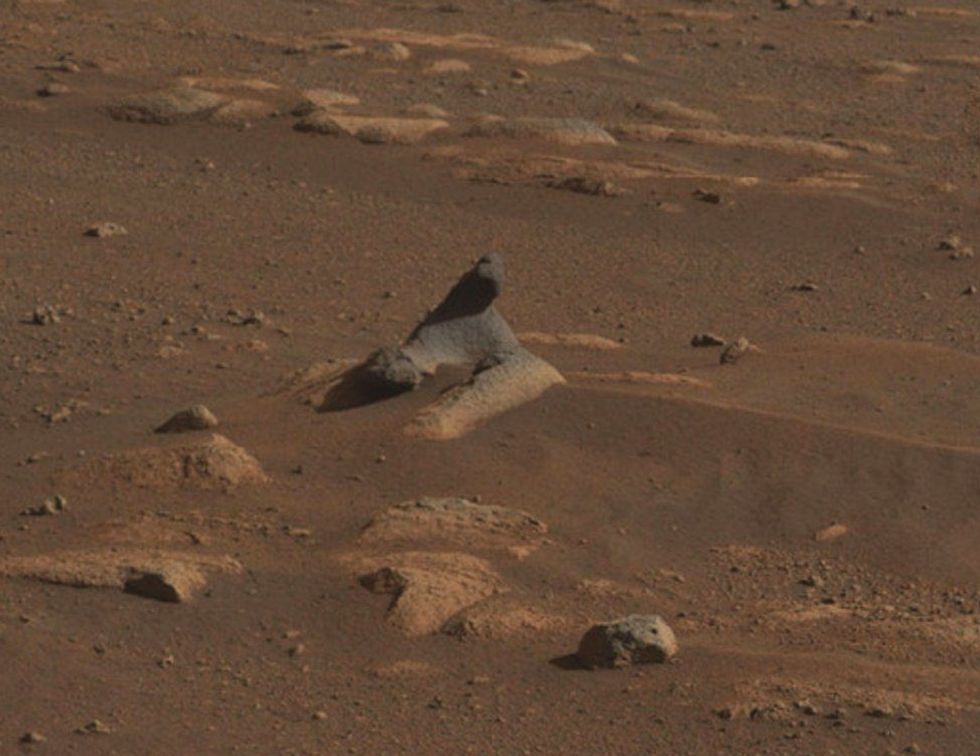
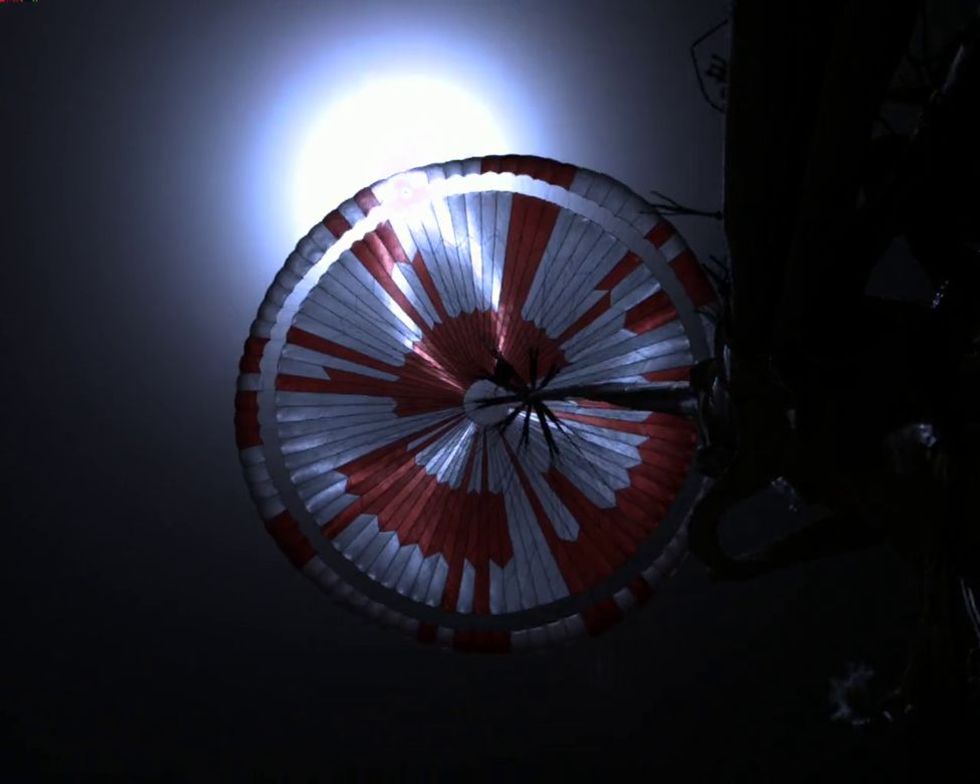
The rover is designed to look for signs of microbial life, trying to help decipher if life ever thrived on Mars. It is the first mission of its kind since the 1970s when Nasa pioneered the Viking missions.
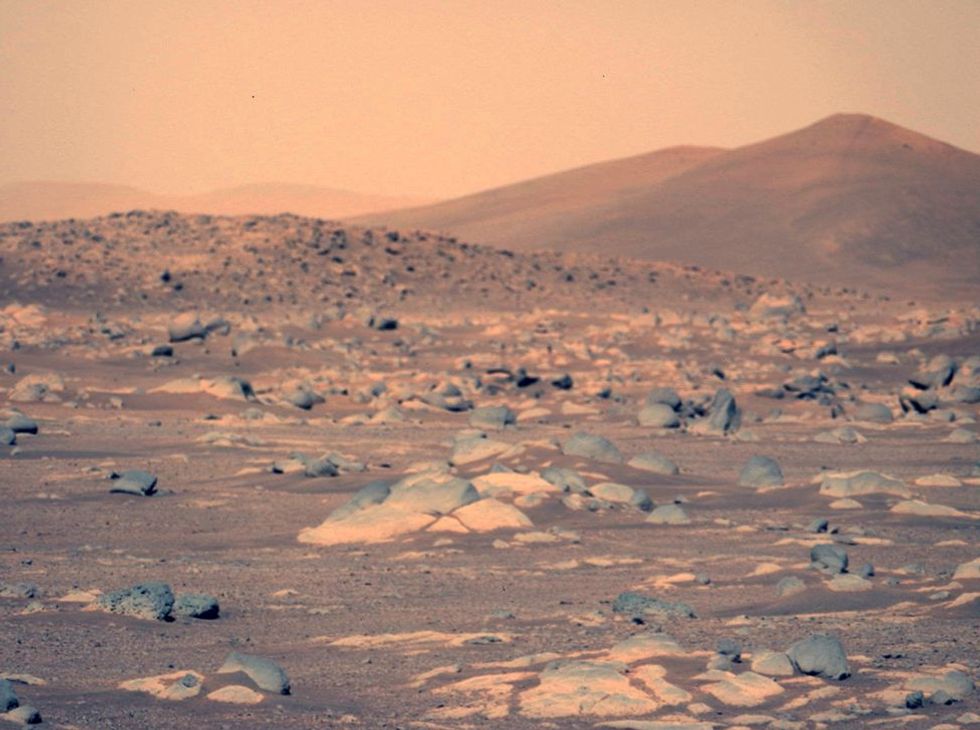
The robot will gather samples of rock and soil, collect them in suitable equipment and leave them behind for astronauts on a future mission.
The rover will also study Mars’ geology to get a better understanding of the oxygen conditions on the planet for future NASA exploration.
The search for life on Mars has long dominated the space exploration agenda. The efforts to reach the moon in the 20th century enabled us to obtain the technology for various advancements, such as the microwave
